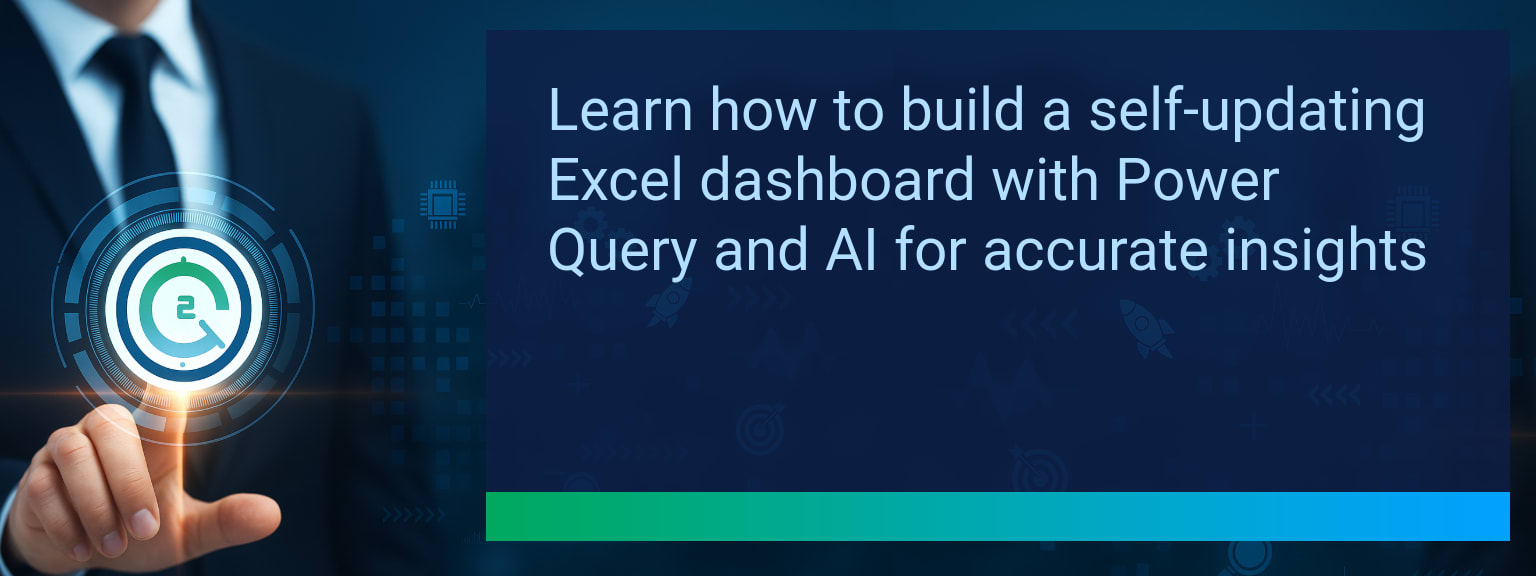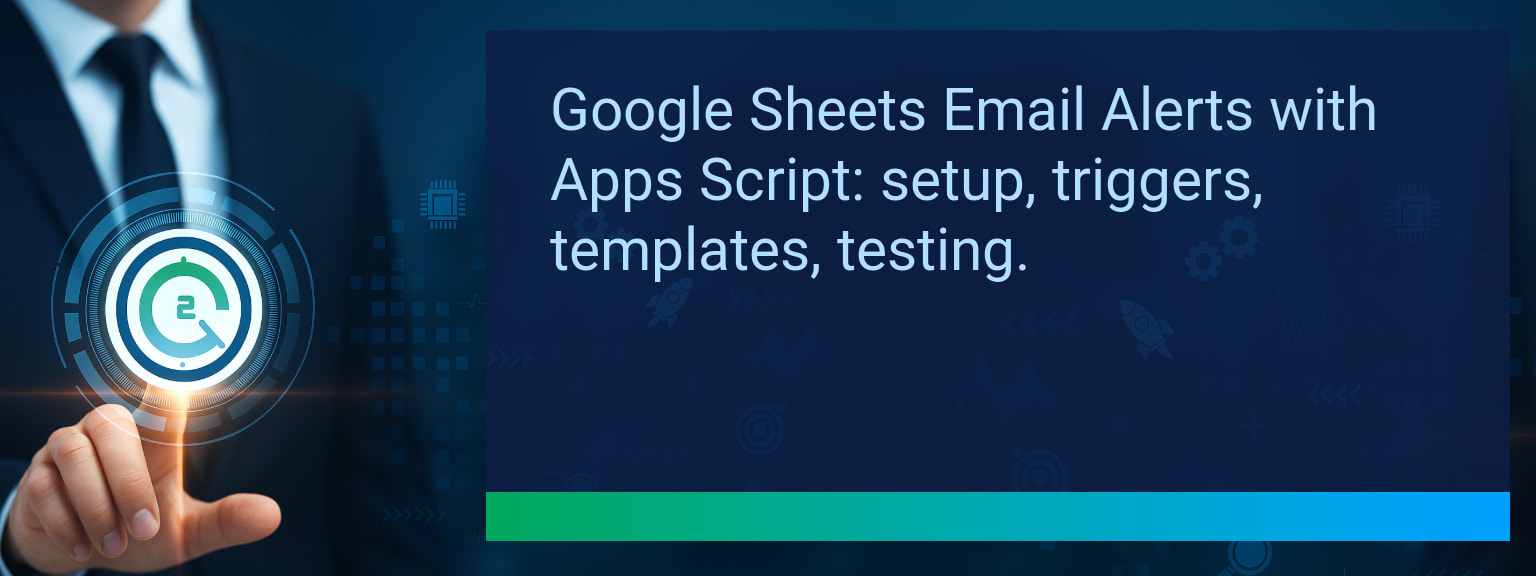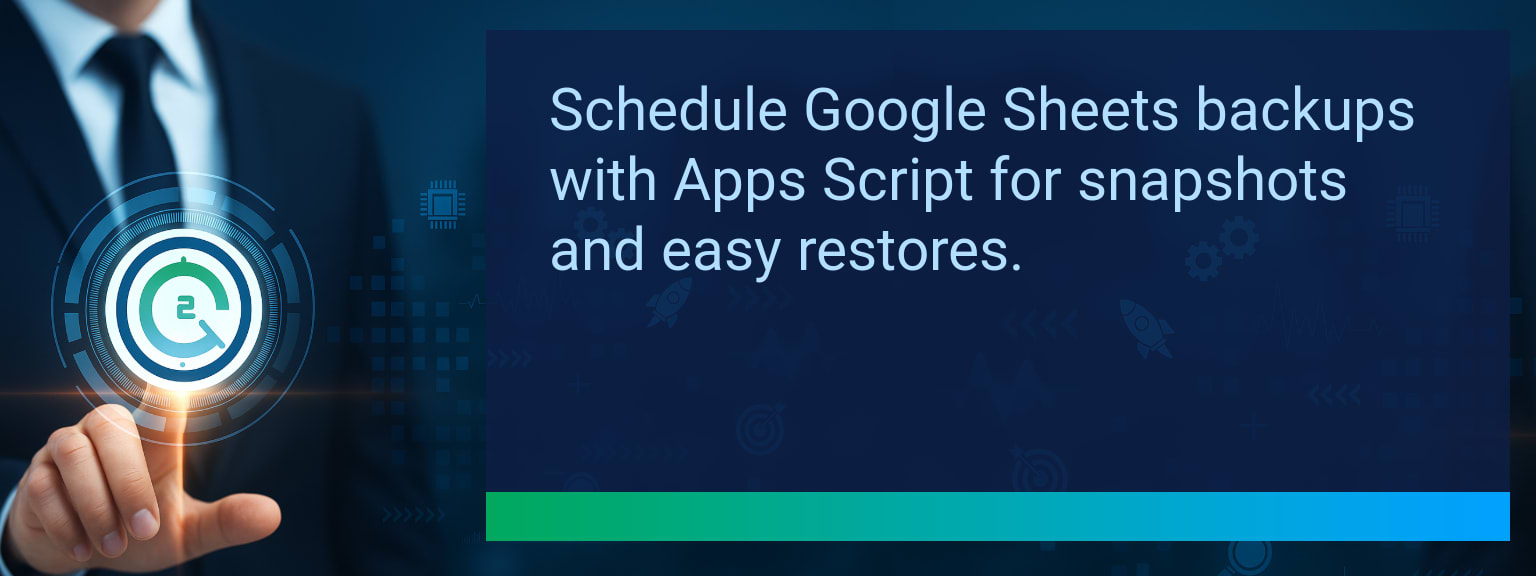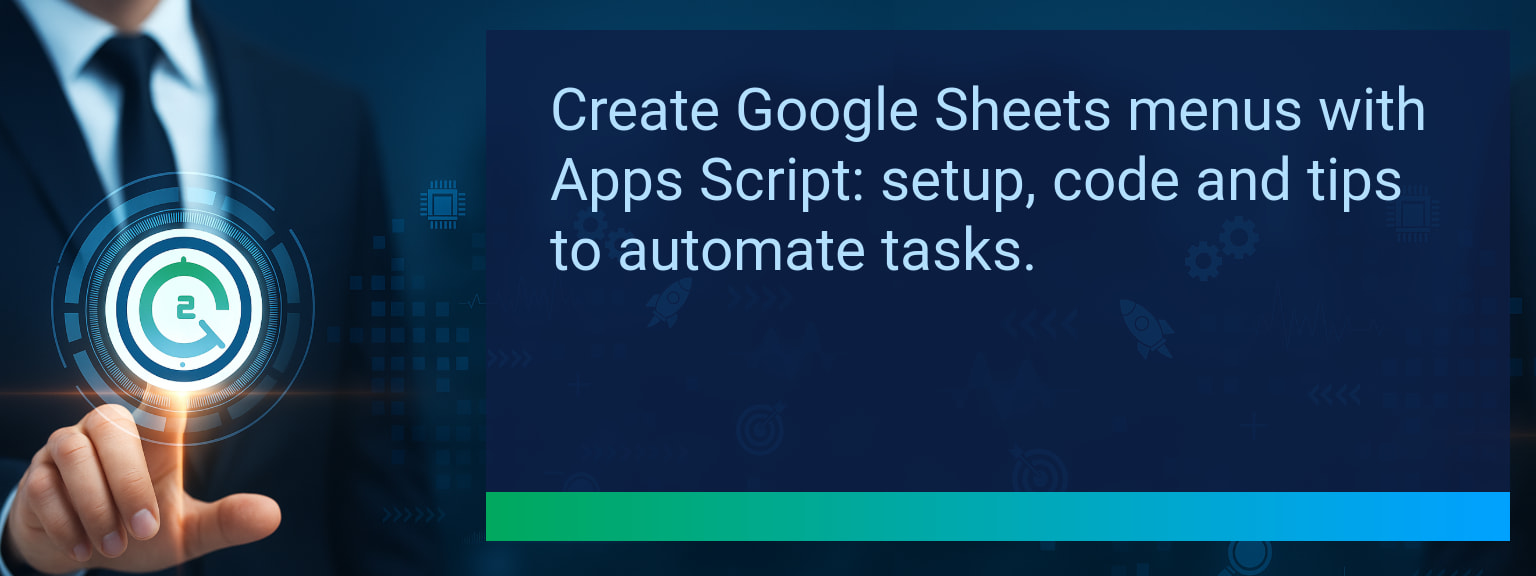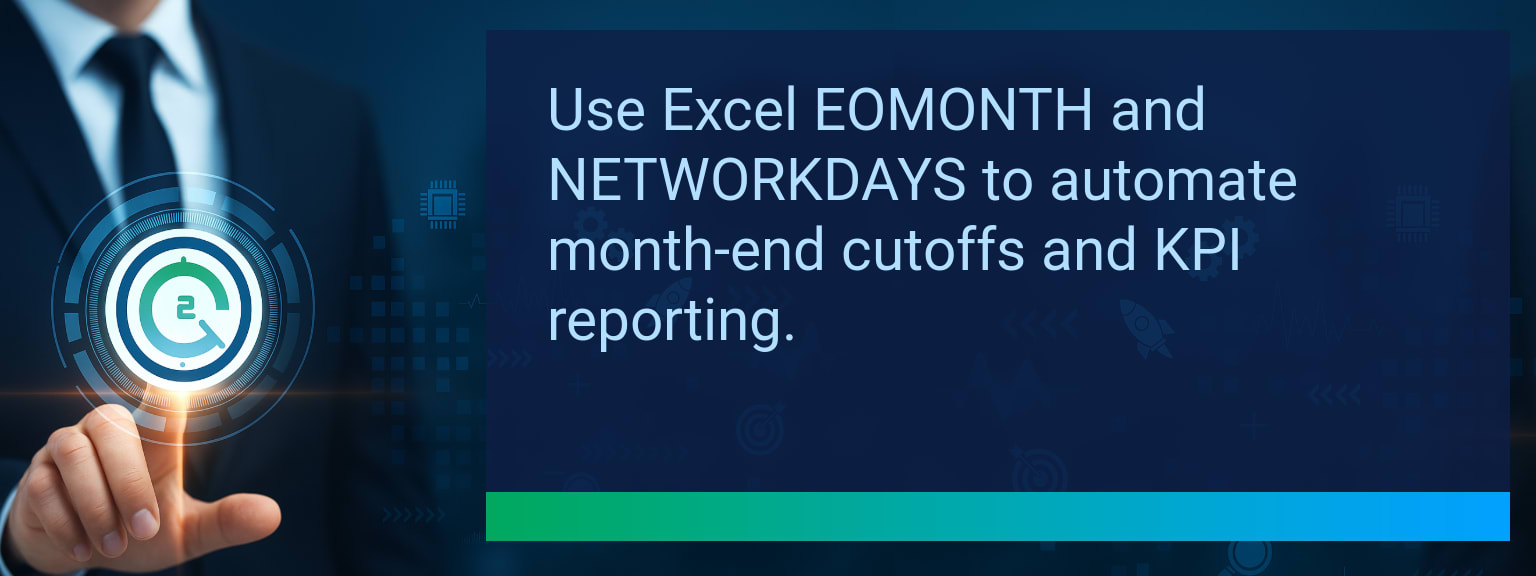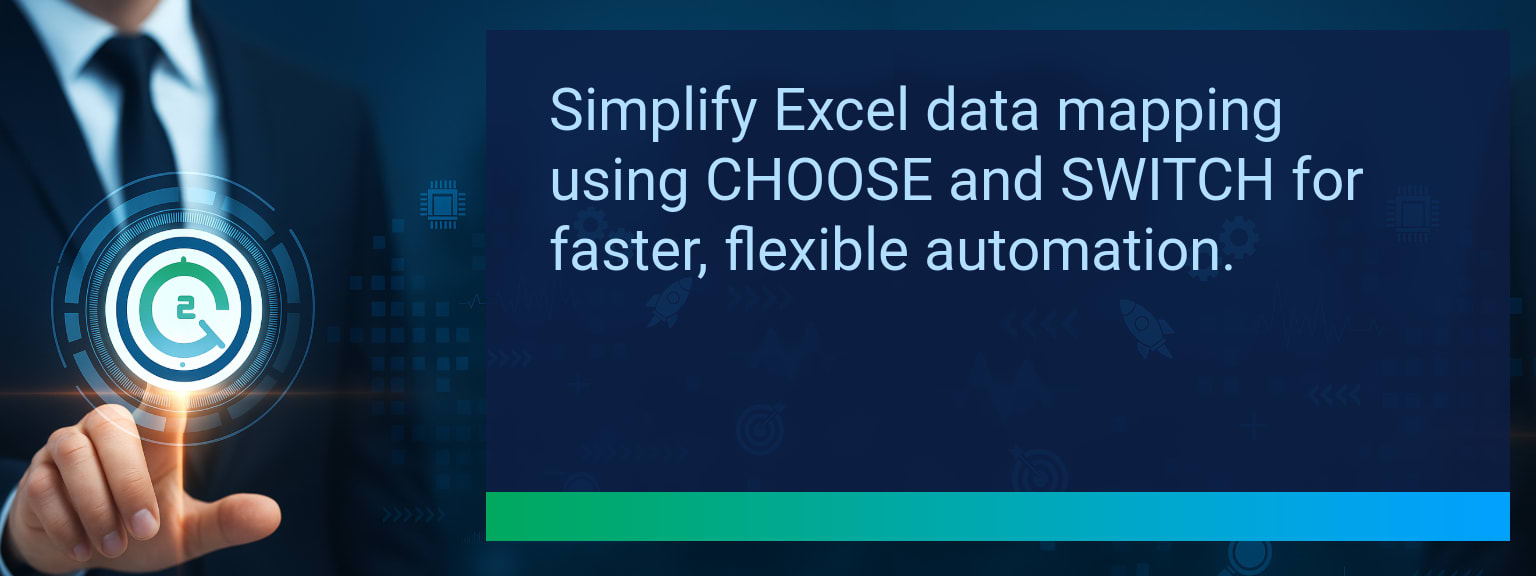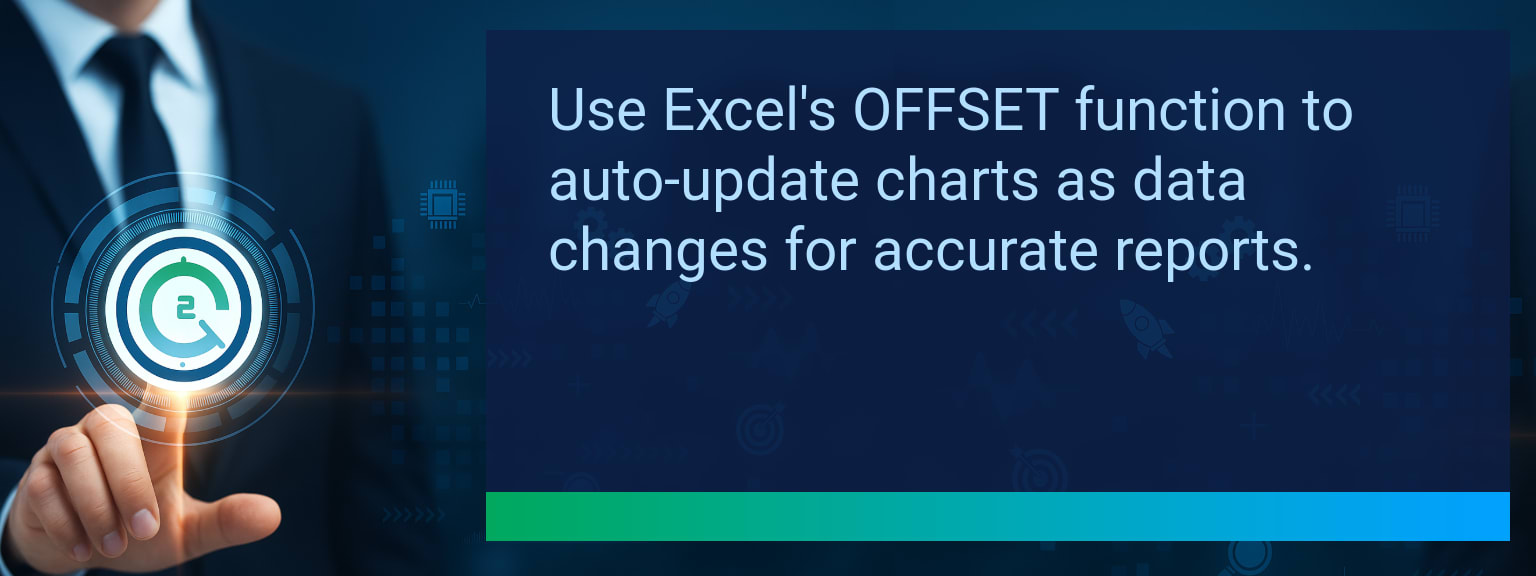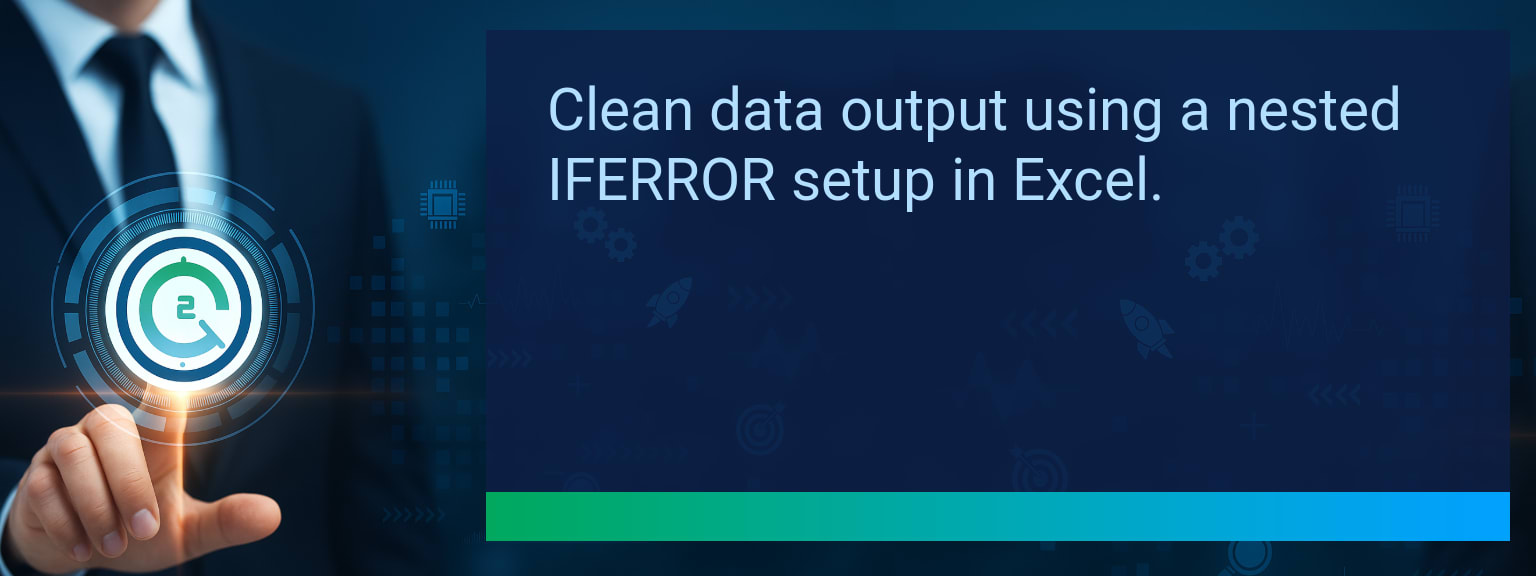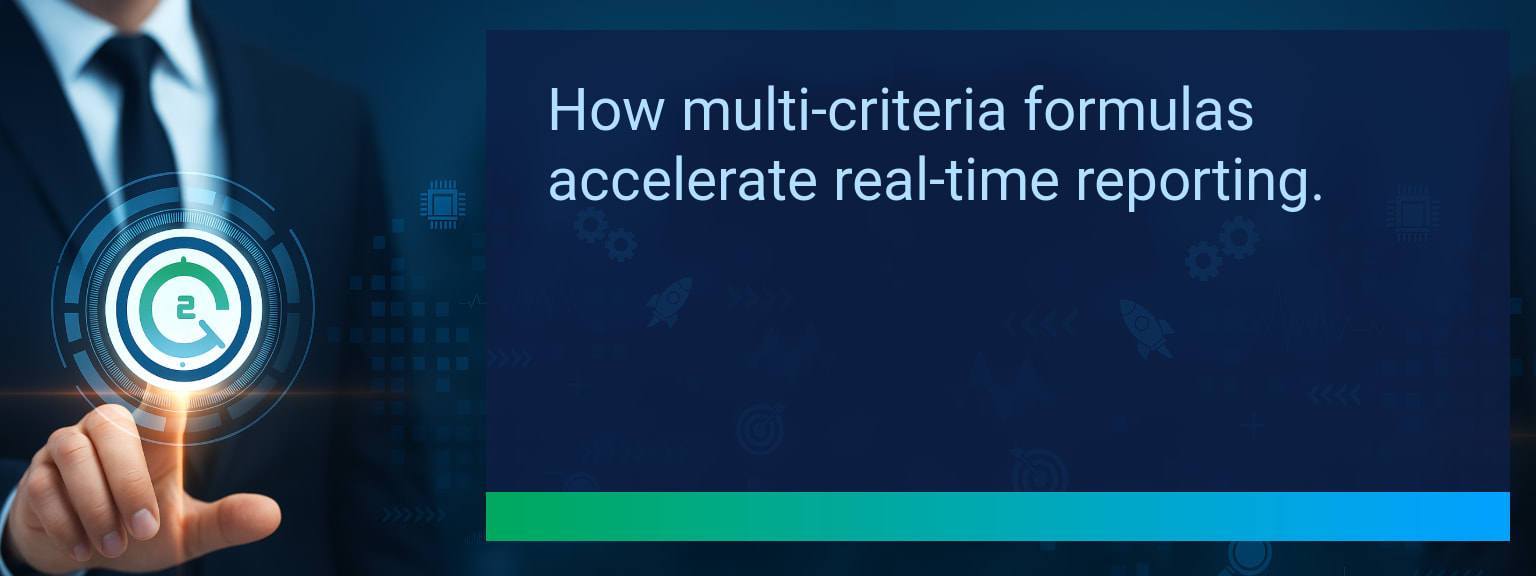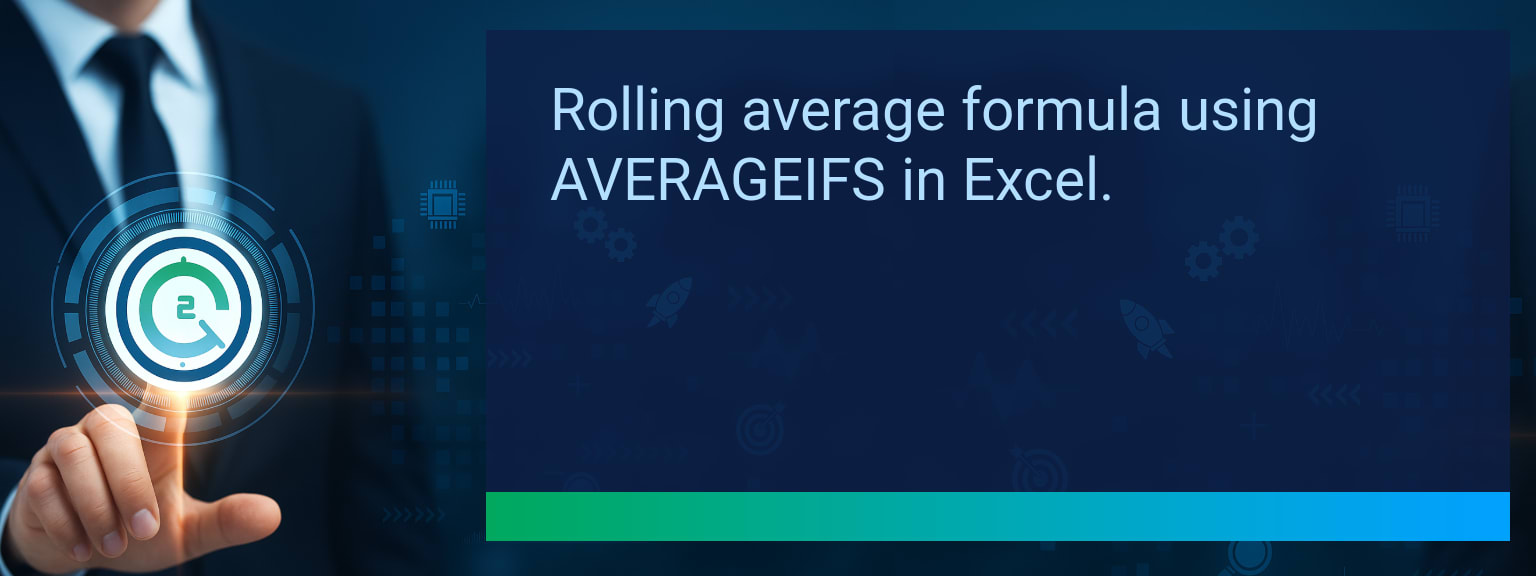How to Build a Self Updating Dashboard in Excel with Power Query and AI Data Cleansing
Static spreadsheets slow down decision-making. Sales teams spend hours compiling reports, only to find inconsistencies in the numbers. A Two Minute Tech Tips solution is to deploy a self updating dashboard in Excel. With Power Query handling automation and AI improving data cleansing, businesses can eliminate manual refreshes, reduce errors, and deliver real-time insights. This strategy aligns directly with modern sales performance tracking and revenue operations. By reading further, you’ll learn how to design, build, and automate dashboards that refresh on their own, improving CRM optimization, workflow integration, and decision-making speed.
- Connect Excel to live data sources via Power Query
- Use AI data cleansing to catch errors and fill gaps
- Map your workflow from source to dashboard visualization
- Enable Excel automation for scheduled refreshes
- Apply workflow integration for notifications and KPI alerts
What Changed and Why It Matters Now for Self Updating Dashboards
Traditional spreadsheets rely on manual entry and refresh. This creates inconsistent reporting, delays decisions, and wastes valuable analyst hours. A self updating dashboard powered by Power Query Excel addresses this friction by transforming static files into live hubs for sales performance tracking and finance forecasting. The urgency arises because leaders now require daily visibility, not stale weekly snapshots. With AI data cleansing layered on top, dashboards become not only real-time but also accurate, identifying duplicates, formatting errors, or missing fields before they reach the decision-maker.
For example, a sales manager can connect Excel directly to their CRM system. Each time new deals are added, the dashboard refreshes automatically, eliminating manual exports. This modernizes performance analytics and creates a single version of truth across the team. Businesses that adopt this approach strengthen revenue operations, aligning reporting speed with market dynamics.
Redesign the Revenue Operating System with a Self Updating Dashboard
Every company relies on accurate, timely information. Designing a self updating dashboard is like upgrading the operating system of your revenue engine. Here’s how to structure it:
ICP, Segmentation, and Targeting
AI-cleansed dashboards enable precise segmentation by ensuring clean CRM optimization. For instance, duplicates are removed before sales territories are assigned, improving workflow integration and lead routing efficiency.
Pipeline Architecture
Power Query Excel automates data pulls from CRM and marketing tools, aligning pipeline stages in one place. This visibility keeps sales performance tracking consistent and provides accurate conversion rates in real time.
Plays and Messaging
With accurate dashboards, sales leaders can monitor the impact of campaigns and refine messaging quickly. AI data cleansing ensures reliable attribution by fixing incomplete campaign tagging data.
Operating Cadence
Automated dashboards compress reporting cycles. Instead of waiting days for updates, executives can assess revenue operations daily, based on self refreshing dashboards integrated through Excel automation.
Common Obstacles in Managing Business Data
Data silos, poor formatting, and excessive manual entry break workflow integration and reduce trust in performance analytics. Without automation, revenue operations teams waste hours reconciling spreadsheets that should update on their own.
Leveraging Automation and AI to Streamline Reporting
Excel automation offers built-in refresh scheduling, while AI tools cleanse inconsistencies before they cascade into KPIs. For example, an AI model can standardize inconsistent region names across data sources—“US,” “U.S.,” and “United States” all map into one category automatically.
Measurable Benefits of Smarter Dashboards
The result is immediate: measurable time saved, error reduction, and faster access to actionable insights. Businesses see higher adoption of dashboards because employees trust the accuracy of numbers cleaned by AI and updated with zero manual refresh.
Expanding Potential for Next Generation Dashboards
Future dashboards will integrate with automation platforms like Zapier, feeding alerts directly into Slack or Teams. Sales leaders could receive anomaly notifications without even opening Excel, achieving full workflow integration inside digital transformation initiatives.
| Category | Metric | Definition | Target |
|---|---|---|---|
| Leading | Data Refresh Success Rate | % of scheduled Power Query refreshes completed without error | 95%+ |
| Leading | First Dashboard Deployment | Average time to launch first self updating dashboard | ≤ 14 days |
| Lagging | Weekly Analyst Hours Saved | Reduction in manual reporting hours after automation | 4+ hours |
| Lagging | Error Reduction % | Decrease in incorrect or incomplete data in reports | 30%+ |
| Quality | User Confidence Rating | Survey score for user trust in dashboard accuracy (1–10) | 8+ |
| Quality | Workflow Adoption Consistency | % of users maintaining automated dashboard use for 90+ days | 85%+ |
Explore more quick, actionable tips on AI, automation, Excel, Smartsheet, and workflow tools to work smarter every day.
Smarter Dashboards for Faster, More Confident Decisions
A self updating dashboard designed with Power Query Excel and AI data cleansing offers businesses a clear advantage. It reduces manual work, strengthens workflow integration, and enhances performance analytics. This practical setup aligns CRM optimization, revenue operations, and decision-making speed. For expert insights from Two Minute Tech Tips on building high-performing sales systems, visit this resource and take your first step toward scalable digital transformation.

